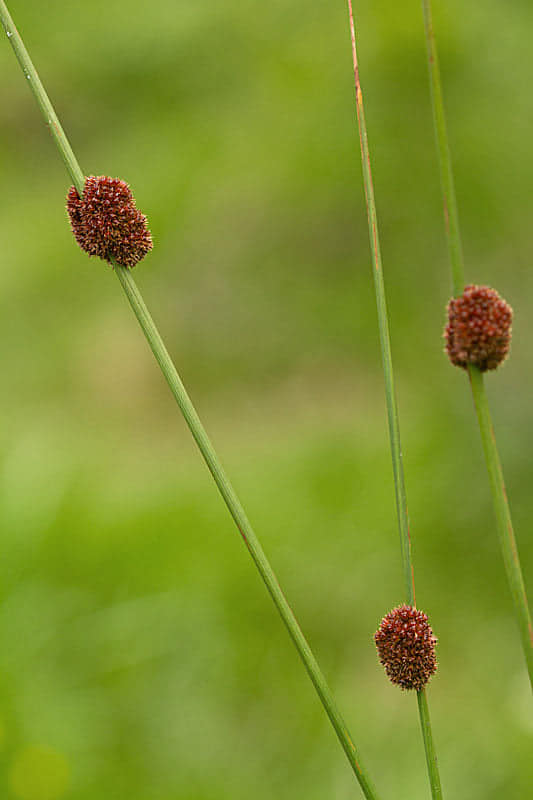Basque ethnography at a glance

Rushes in blossom. Sergio González Ahedo.
There are more than thirty known types of warts of different shapes and sizes. Most of them are benign and come and go as they please. They do not typically result in significant problems and disappear without medical treatment. The most usual names for warts in Basque are garia, garitxa, garatxoa, karatxoa, kalitxa, enorra and marruka.
Some people are said to be more susceptible to warts than others, but the majority of us are likely to develop warts at some point in our lives. Certainly, warts might cause discomfort and are at times deemed aesthetically displeasing.
A variety of traditional folk remedies have claimed to be able to remove warts. Empiric therapy was quite common, including the use of fig sap. Sometimes treatment went beyond what could be considered evidence-based medicine, such was the case of menstrual blood or saliva from a fasting person being rubbed on warts. There also existed magic cures, specifically a rite using rushes, with slight variations from location to location, which was widely performed across the whole of the Basque Country.
Rushes are distinguished by erect, cylindrical and flexible leaves of a light green colour. They grow in wetland and are easily found along stream and river banks, hence the Basque expression zia lez edan, literally ‘to drink like rushes do’, meaning ‘to drink heavily’. A verse from the folk song titled “Gabon afari bat [A Christmas dinner]” by Emilio María Dolores de Azkue, father of R. M. de Azkue, is perfect to illustrate this:
Ea tragu bat, bai ta bi bere
edan, maitea, zia lez;
balitz sarritan Gabon eguna,
bein baino urtean eztalez!
(Have a drink, a drink or two / drink, dear, like rushes do; / as if it were always Christmas Eve / instead of only once a year.)
As gathered from Maria Luisa Artabe Barrena, native to Amorebieta-Etxano (Bizkaia) and knowledgeable about the above-said rite, the rush leaves ought to be picked by the faith-healer, never by the infected person. The leaves are pulled from the stem, their tips removed and each tip introduced through its leafstalk to form a cross. Three crosses must be placed on every counted wart and a secret formula passed down by generations recited. And lastly, the Our Father is to be said. A different leaf is needed to treat each wart.
The used leaves are buried under a stone or underground at a crossroads; somewhere unknown by the patient. Once the buried rushes rot, the warts shall be gone.
Over time many remedies used by our ancestors have fallen into disuse. And yet some age-old folk cures involving healing through nature and the environment in which we live are being recovered, partly owing to the alternative medicine boom of recent years.
Ziortza Artabe Etxebarria – Popular Cultural Heritage Departament – Labayru Fundazioa
Translated by Jaione Bilbao – Ethnography Department – Labayru Fundazioa
Reference for further information: Popular Medicine, part of the Ethnographic Atlas of the Basque Country collection.

